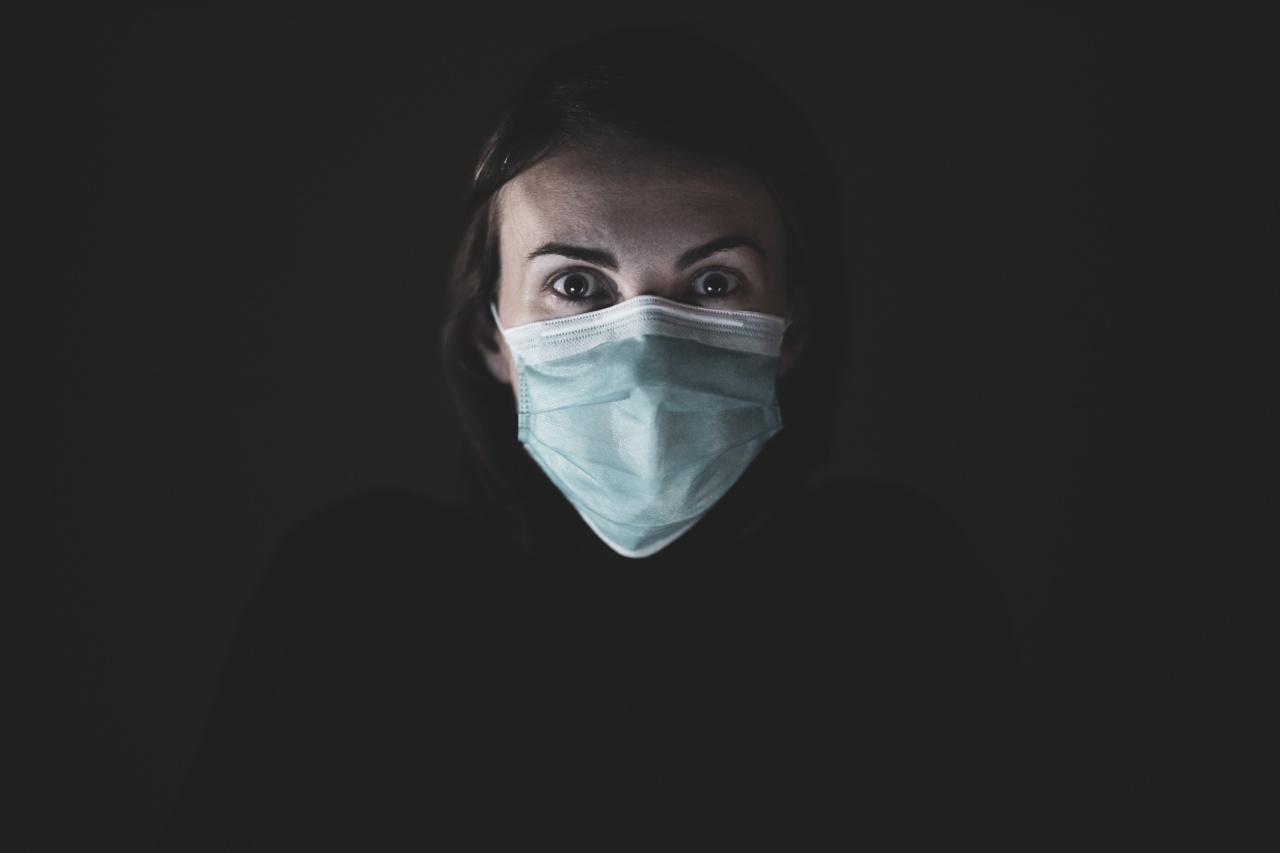Every year, three million people worldwide are affected by a fatal illness caused by a tiny organism called the Mycobacterium Tuberculosis. It is a highly infectious disease that mainly attacks the lungs, but can also spread to other organs.
The sickness, called Tuberculosis (TB), is a major health problem in several parts of the world. Despite the introduction of effective treatments, TB continues to be a significant cause of death globally. In this article, we look at the causes, symptoms, diagnosis, and treatment of tuberculosis.
Causes of Tuberculosis
TB is caused by the Mycobacterium Tuberculosis bacteria. The organism spreads from person to person through air droplets when a person with the disease coughs, sneezes, speaks or sings.
Only a small amount of the bacterium is required to spread the disease. It is important to note that not everyone who contracts TB becomes ill. In cases where the immune system is healthy, the bacteria are contained in a latent form, and the person does not become ill or contagious.
However, if the immune system is weakened, the disease can become active at any point, causing the person to become sick.
Symptoms of Tuberculosis
Most people with TB do not immediately show symptoms upon onset of the disease. A small fraction of those infected experience symptoms within weeks of exposure.
The primary symptoms include a persistent cough, fever, sweating, chest pain, weight loss, and fatigue. Symptoms of TB beyond the lungs depend largely on the organ affected. Waste products may build up in the body, causing jaundice, as well as swelling in the abdomen, causing pain and discomfort.
In rare cases, TB may affect the skin, causing ulcers and lumps.
Diagnosis of Tuberculosis
Detection of TB infections can be challenging, especially in the early stages of the disease. Doctors may use a range of tests to evaluate the presence of TB. Standard testing usually involves a blood test, chest x-ray, and sputum culture.
The testing process may take days to weeks, as results are not immediate. In some cases, affected individuals are not diagnosed until the disease has progressed to its more severe stages.
Close contacts with an active TB case and people who travel or live in areas where TB is common are at higher risk of getting infected and should always be tested for TB.
Treatment for Tuberculosis
TB can be treated through a combination of medication and therapy. The primary drugs used to treat TB include isoniazid, rifampin, ethambutol, and pyrazinamide.
Treatment usually lasts between six to nine months, or until the bacteria can no longer be detected in sputum. Side effects from medication can be mild to severe, and treatment is closely monitored by a physician throughout the process.
TB patients need to be isolated for a short time period during the early stage of treatment, but can resume normal activities once treatment has been successful.
The Importance of Treatment Adherence
While tuberculosis is a curable disease, a significant number of people across the world fail to complete their treatment. The result is an increased risk of relapse or drug resistance.
Drug-resistant TB is a more difficult form of TB to treat and may result in significant damage to organs and death. In the last decade, drug-resistant TB cases have shown a rise in incidence, a trend that is concerning to the medical community.
To prevent relapse and the spread of drug-resistant TB, healthcare providers must ensure that patients adhere to their treatment plans. In addition, individuals who have been infected by TB should take steps to reduce their risk of transmission.
Prevention of Tuberculosis
TB prevention involves controlling the spread of the disease and reducing exposure to individuals with active TB infections.
It is critical that individuals with active TB be treated promptly, and that close contacts of infected individuals receive testing and treatment as needed. Vaccination is also available and recommended for children in many regions across the globe, but is less effective in adults.
People at high risk of TB, including healthcare workers, elderly individuals, and those living in areas where TB is common, may also be eligible for preventive therapy.
Conclusion
Tuberculosis is a preventable and curable disease that continues to impact millions of individuals worldwide. Early diagnosis, testing and prompt treatment can help reduce the disease’s spread and prevent life-threatening complications.
Those infected with TB and close contacts of infected individuals should take measures to prevent further transmission of the disease. It is important that healthcare providers and individuals alike remain vigilant in their efforts to reduce the incidence of TB worldwide.




























